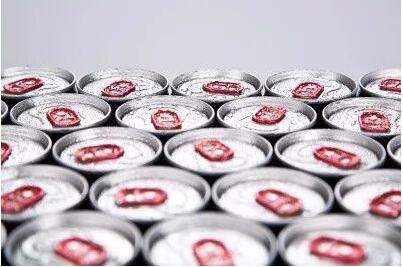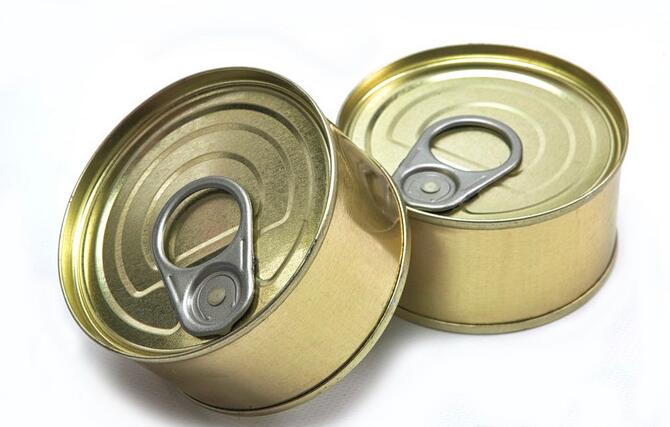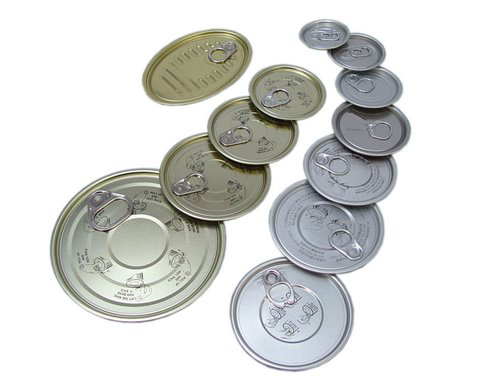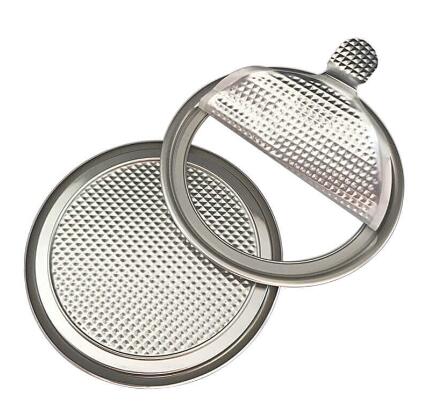How to Choose the Right Peel-off Ends for Milk Powder Cans
Jul 04, 2023
Milk powder cans are essential for storing and transporting milk powder. But when you have to open the can, it’s always challenging to get to the contents inside. A new type of milk can with peel-off ends has been designed to make it easier for users. This easy peelable end is made of soft aluminum foil or composite film as the tear part. This innovative design makes it much simpler to access the contents of a milk powder can. This advanced end has become increasingly popular in the milk powder industry as it provides an easy and convenient way to open a container while still providing a tight seal that keeps the product fresh.
As peel-off ends have different specifications and diameters, we will dive deeper into this new end so that you can choose the right easy-open can lid for milk powder cans.
Importance of Choosing the Right Easy-Open Can Lids for Milk Powder Cans
When it comes to milk powder storage, choosing the correct specifications of easy-open can lids is essential for maintaining the freshness of the product.
That’s because milk powder is often subject to various environmental changes, such as moisture and temperature, which can compromise its quality over time. This requires the help of the right easy–open can lids. The proper specifications of easy peelable ends can provide an airtight seal that helps keep these harmful elements out and maintain the quality of the milk powder. Simultaneously, the correct specifications of peel-off ends can make it almost impossible for the top and bottom of the can to come apart. This ensures that your powder is always contained within the can while keeping it secure during transport.
How to Choose the Right Specifications of Peel-Off Ends for Milk Powder Cans
There are different milk powder capacities, including 900g, 800g, 500g, 1000g, 600g, and so on. Each of these diameters is suitable for a specific type of milk powder can. Usually, large-size milk powder can need peel-off ends with a larger diameter. Here are some common specifications of peel-off ends (POE) used for milk powder cans: 300 POE, 401 POE, 502 POE, and 603 POE.
300POE: With a diameter of 72.9mm, 300 POE is typically used on small containers that contain up to 100g of milk powder.
401POE: 401 POE features 98.9mm, often used on mid-sized containers containing up to 500g of milk powder.
502POE: Its diameter is 126.5mm, making 502 POE suitable for large cans holding up to 1000g of milk powder.
603POE: With a diameter of 153mm, 603 POE has the largest diameter of the four peel-off ends, making it ideal for extra-large cans that store up to 2kg of milk powder.
Where to Find a Reliable Peelable Ends Supplier for Milk Powder Cans
Generally, choosing the correct specifications of peel-off ends offers an efficient, cost-effective way to package and ship milk powder. When looking for a reliable supplier of easy open-can lids, it is essential to find one specializing in producing peel-off ends. Hefei Biopin Import & Export Trading Co.,Ltd. is a reliable beverage can manufacturer with experience producing peelable ends for many years. We are equipped with state-of-the-art equipment to provide premium quality can lids for all applications, especially milk powder cans. With Hefei Biopin Import & Export Trading Co.,Ltd., you can trust that you will receive high-quality can lid for milk powder packaging.
Whether you are looking for a standard or a custom metal packaging solution, we will provide you with an easy open-can lid that meets your needs. So, if you need high-quality peelable ends for milk powder cans, look no further than Hefei Biopin Import & Export Trading Co.,Ltd.











